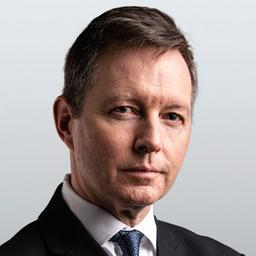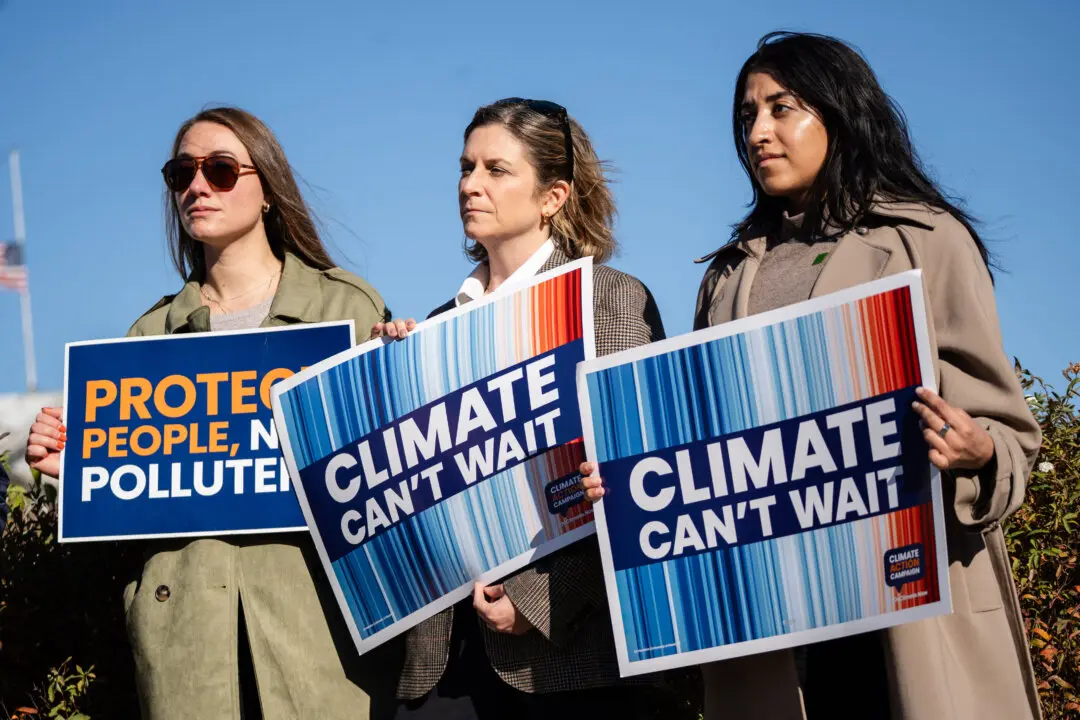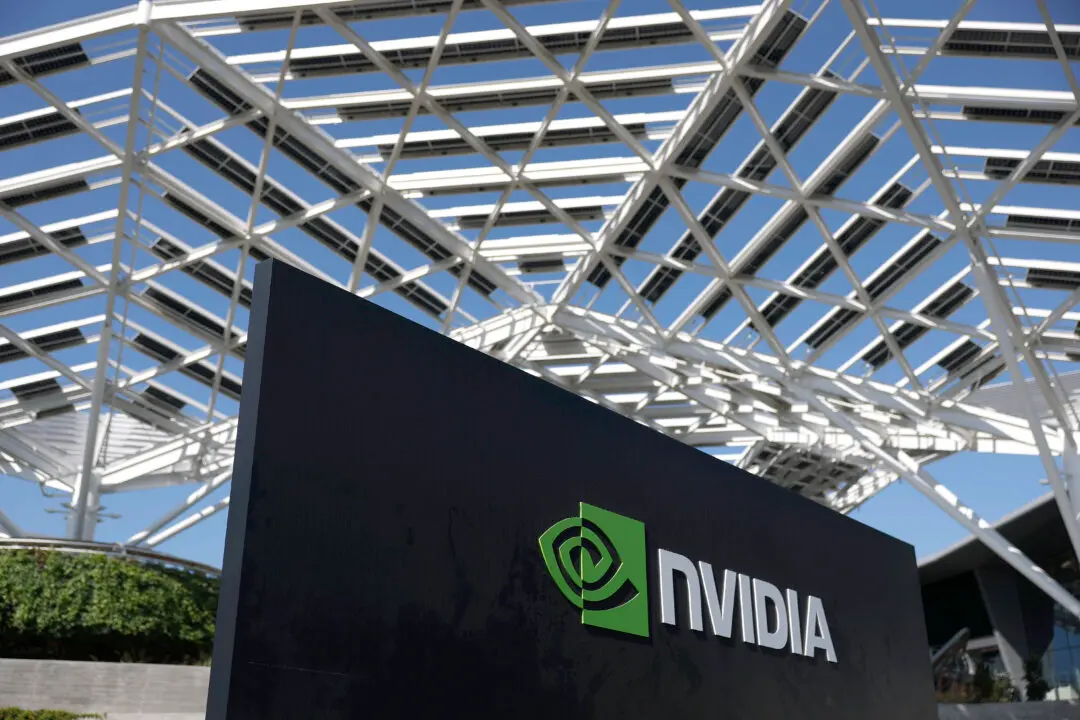As the Federal Reserve comes to a crossroads in its campaign to extinguish historically high inflation rates, Jerome Powell, its chairman, said that America’s central bank was “steering by the stars on a cloudy night.”
According to some economists, one obstacle obscuring the Fed’s view is the federal government itself. As the state extends its authority ever deeper into private markets, it is not only drowning out the information the Fed needs to set policies, it also is acting as a material drag on America’s ability to produce, regardless of how many trillions of dollars the Fed pumps into the economy.





